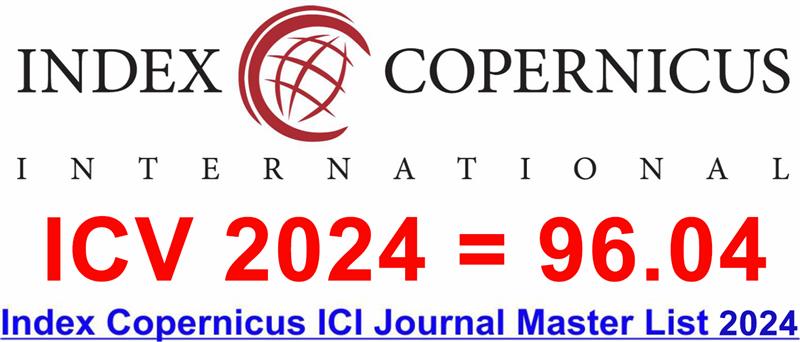Gems and Jewels Conceptual Study in Historical Context
DOI:
https://doi.org/10.60072/ijeissah.2023.v1i03.002Abstract
The history and cultural legacy of India are deeply entwined with the gem and jewelry industry. In order to understand the historical background of India's gems and jewels and to shed light on their value, cultural significance, and historical development. The study begins by diving into the history of Indian gemology and jewelry making, tracing its roots back to the Vedic and Indus Valley Civilizations. It explores the connections between the use of precious and semi-precious gemstones and ancient Indian society's social and economic structure, as well as its ritualistic and spiritual practiced. It explores the influences of the Mauryan, Gupta, and Mughal dynasties, focusing on their support of the arts and production of gorgeous jewelry encrusted with precious stones. It explores the blending of various styles and designs as a result of outside influences being assimilated into Indian jewelry-making practiced. This research offers a thorough grasp of the cultural significance of India's gems and jewels as well as the enduring imprint they have left on Indian art, culture, and spirituality by looking at them in the context of their historical development. This study examines the role of gems and jewels in shaping trade networks, fostering artistic innovation, and influencing fashion trends, providing insights into their aesthetics and craftsmanship. It also provides a platform for further research.
Keywords:
Cultural Legacy, Significance, Ancient Indian, Spirituality, Innovation and CraftsmanshipReferences
Ali, M., & Abbas, M. (2022). Jewellery of the Indian Subcontinent: A Significant Cultural Element. Journal of Development and Social Sciences, 3(2), 901-915.
Chaille, F., Spink, M., Vachaudez, C., Coudert, T., & Petit, V. (2019). The Cartier Collection: Jewelry. Rizzoli Publications.
Chopra, P. N. (1976). Life and Letters Under the Mughals. Ashajanak Publications.
Dehejia, V. (1997) Indian Art. New York, NY: Phaidon Press.
Evans, J. (1989). A history of jewellery, 1100-1870. Courier Corporation.
Firouzeh, M., (2015). The Art of Minakari. Persiada.
https://persianhandicrafts.wordpress.com/2015/02/27/the-art-of-minakari/.
Fane, H. E. (1842). Five Years in India 1835–1839. London: Henry Colburn.
Hendley, T. H. (1906). The Journal of Indian Art, vol. 12. W. Griggs and Sons. University of Minnesota Libraries. https://archive.org/details/IndianJewelleryHendley
Jackson-Stops, G. (1985). The treasure houses of Britain: five hundred years of private patronage and art collecting.
Jagjit, S., (2012). Gulab Singh, the founder ruler of J&K. Daily Excelsior.
Knuth, B. G. (2007). Gems in Myth, Legend, and Lore. Jewelers Press.
Losty, J. P. (2015). Raja Jivan Ram: A Professional Indian Portrait Painter of the Early Nineteenth Century. Electronic British Library Journal, 3, 18.
Rita, D. S., (2008). Handcrafted Indian Enamel Jewellery. Roli Books Pvt Ltd.
Simmons, R., & Ahsian, N. (2015). The book of stones: Who they are and what they teach. North Atlantic Books.
Smith, D. (2008). The Pearl: A True Tale of Forbidden Love in Catherine the Great's Russia. Yale University Press.
























